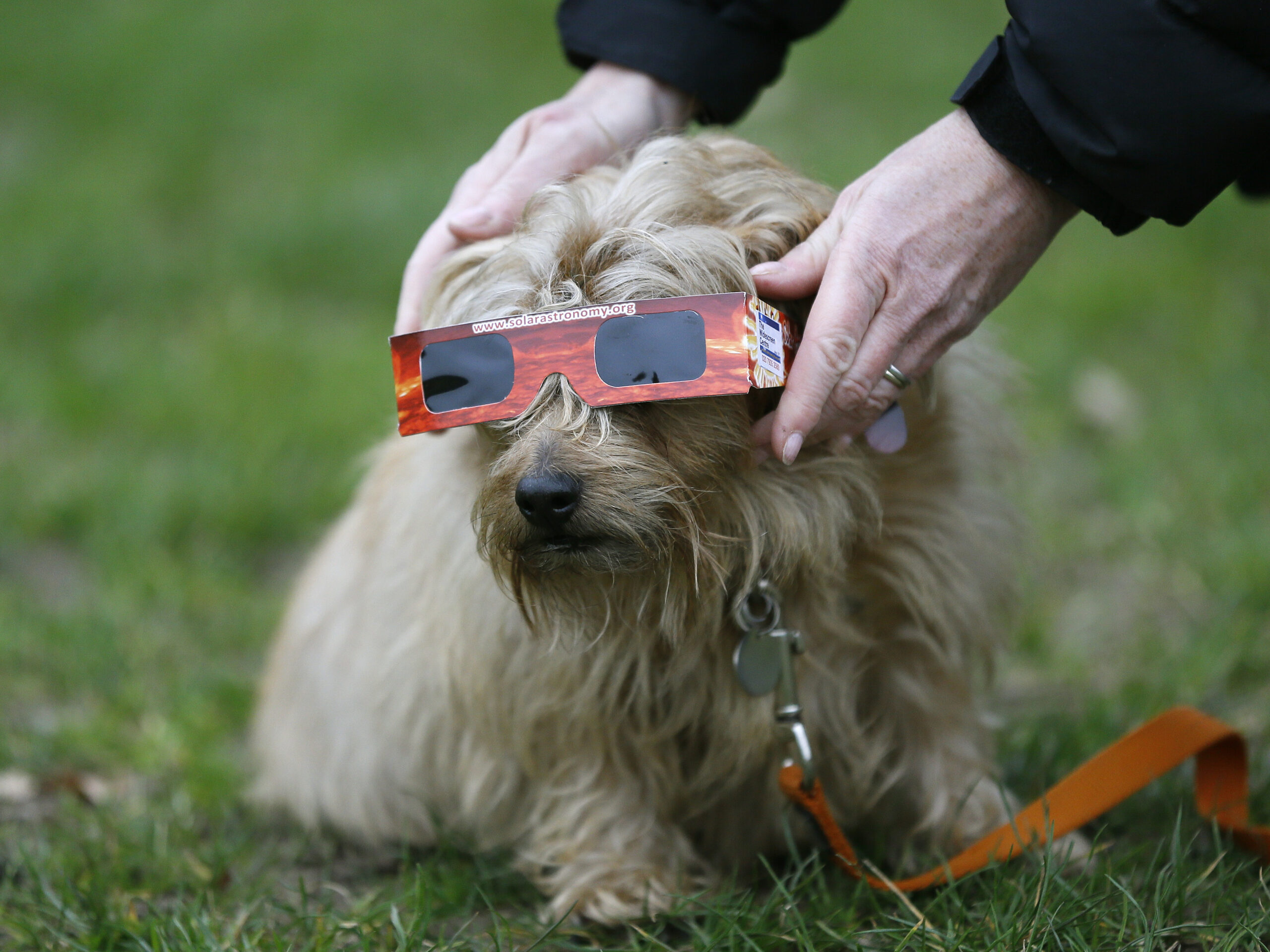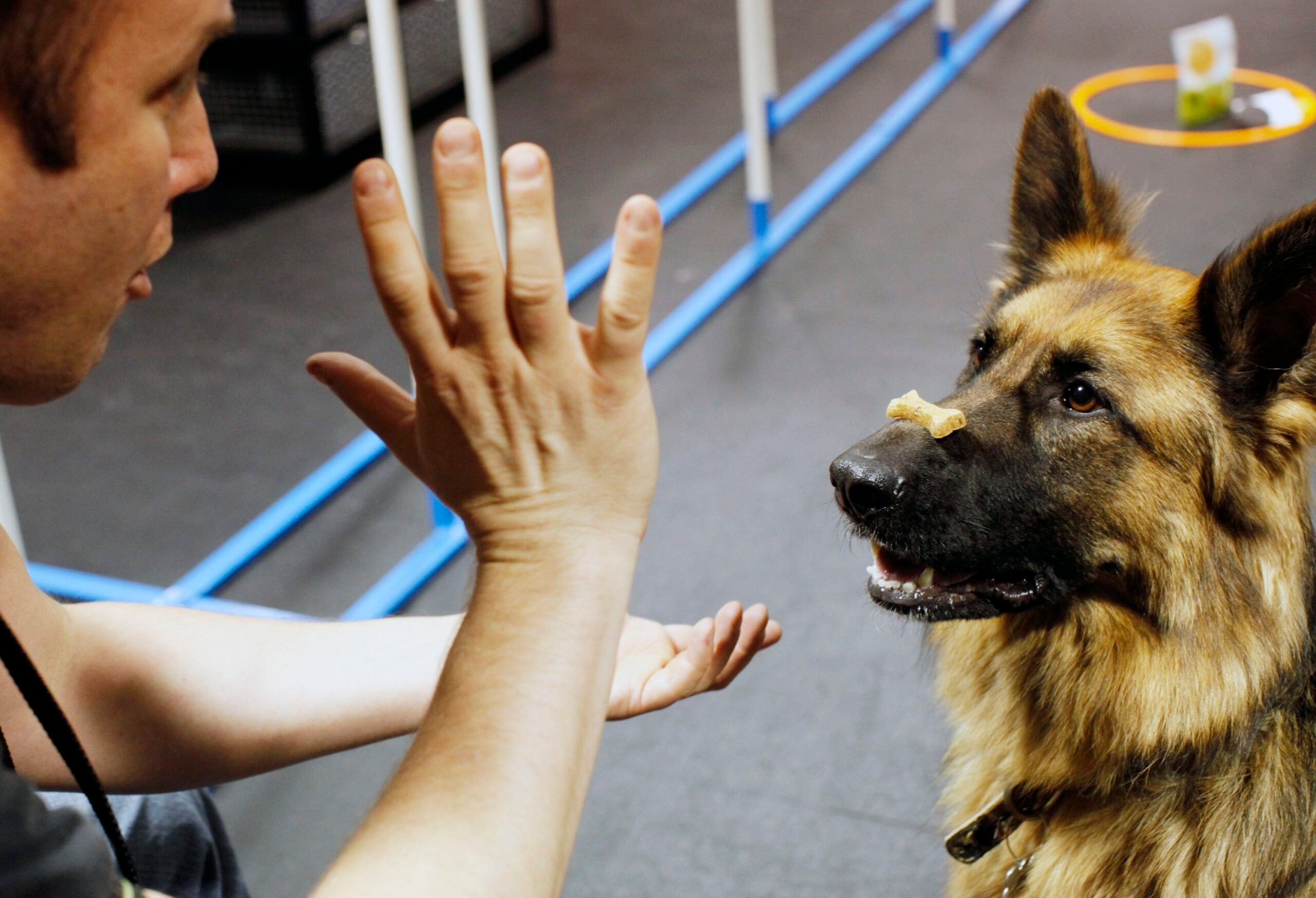Many pets suffer from separation anxiety, which is hard for them, and for their owners as well. Larry Meiller learns what can cause this condition, and how to help our animal companions overcome it.
Featured in this Show
-
What Dog Owners Should Know About Separation Anxiety
Adoring looks and unconditional love from a pet can be wonderful, but the flip side of that can be serious separation anxiety — an issue that can take a toll on both household furnishings and a pet’s emotional health whenever an owner leaves for some period of time.
Dr. John Ciribassi, a veterinarian and veterinary behaviorist, said separation anxiety is clinically categorized as “symptoms reflecting anxiety problems in dogs that occur when a dog is separated from what we call a ‘primary attachment figure.’”
That primary figure, Ciribassi said, is almost always an owner to whom the dog is firmly bonded. He said that when a dog presents with separation anxiety, destructive behavior is a common symptom. The destruction is often aimed at an exit point like a window or a door, but can also be directed at the personal items of the owner that they are missing. He said that defecation or urination in an owner’s home is another symptom (though that does not apply to dogs who have not been housebroken). A more subtle indication can be excessive drooling and salivation when the dog is left alone.
Another category of behavior related to anxiety is vocalization. A lot of dogs like to audibly make their presence known and warn off people who may be coming near what the pet perceives as its territory. Vocalization that stems from separation anxiety, said Ciribassi, involves “a lot of barking, whining, wailing.”
Ciribassi said that it’s a mistake to attribute the behavior of a dog with separation anxiety to boredom. He said that dogs have jumped through windows several stories above ground level, or have chewed so had on the bars of their crate that they dislocate their eye.
“These are dogs that are really panicked, and really in a state of distress,” he said.
Ciribassi also noted that not all dogs experience separation anxiety. He said that it appears that dogs that are more anxious in general seem to be more prone to the condition. In addition, when pet is already in a stressful situation and they perceive a loss or change, it can trigger separation anxiety. Changes in a pet’s routine that can flip that switch include someone moving out of the home, a divorce, or a death of a person or other pet. Even something more minor like a change in the owner’s work schedule can impact a dog enough to cause problems.
Still, Ciribassi emphasized that those circumstances alone aren’t enough to cause the condition if an animal doesn’t have a predisposition: “Overall, the underlying issue really is an abnormality in how the dog handles stressful situations.”
Ciribassi said that some people think that owners who don’t leave their pet alone enough can instill separation anxiety. According to him, that’s not the case: “You can’t really spoil a dog into a separation problem.”
For the dogs that do have an underlying issue with anxiety, then constant interaction can be problematic. For the rest, it shouldn’t be an issue, said Ciribassi.
To treat separation anxiety, Ciribassi said that the goal should be to gradually lessen the dependence a dog has on the owner’s presence. One way to do that, he said, is for an owner to practice ignoring a dog who is demanding attention. That may mean not necessarily petting them every time they come looking for affection, or not necessarily engaging in play every time they bring a toy over. While that may feel like withholding love from the pet, Ciribassi said that it’s actually giving the dog a means to cope with less of the owner’s attention while the owner is still present. That way, when the owner is not physically there, it’s less of a stark contrast for the animal.
Another method of treatment is to change the behavior of the owner when they leave a pet. Often, leaving a pet involves a long routine that might involve talking to the dog, petting, or taking it out for a last walk — all of which draws attention to the departure, Ciribassi said.
“What you’re doing is building up this dog’s level of excitement and emotion, and then you walk out the door,” he said.
Ciribassi said he counsels owners to limit interaction with the dog during the 30 minutes before leaving. This intermediate stage of separation helps a pet adjust to an owner leaving. Similarly, he said, owners should check their behavior when they arrive home.
“Don’t get overly crazy with greetings, so the dog can learn to relax a little bit, and not be so caught up in the owner getting home,” he said.
While it varies greatly from dog to dog, Ciribassi said that on average, it takes about three to four months of training to see significant results. Some pets respond much more quickly, but he also added that for a variety of reasons, some animals do not respond as well to treatment.
Ciribassi emphasized that while training can address behaviors, it doesn’t address the underlying anxiety: “You cannot train a dog out of separation anxiety.”
He said that because it isn’t within the scope of normal behavior, it is critical to address the underlying issues — and just like with people, that may necessitate a medical, pharmaceutical intervention. Discussing the situation with a veterinarian is the best step to determine whether medication can help the pet get over the initial hurdle.
Episode Credits
- Larry Meiller Host
- Judith Siers-Poisson Producer
- John Ciribassi DVM, DACVB Guest
Wisconsin Public Radio, © Copyright 2024, Board of Regents of the University of Wisconsin System and Wisconsin Educational Communications Board.




